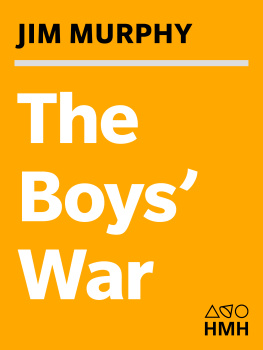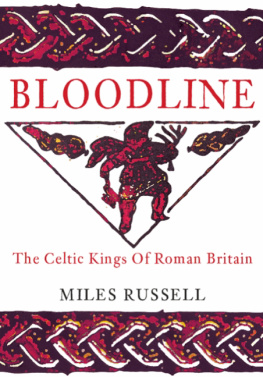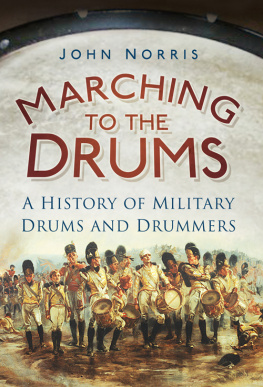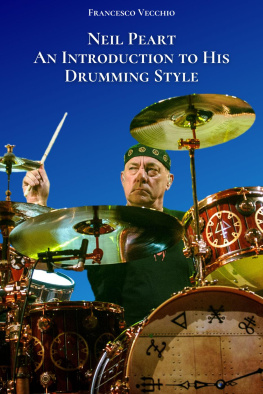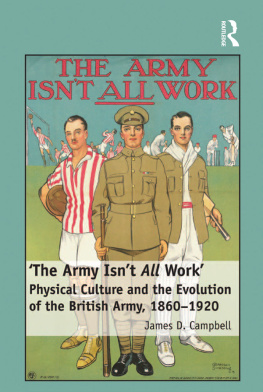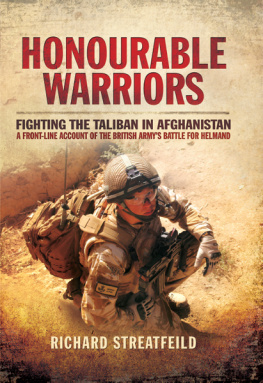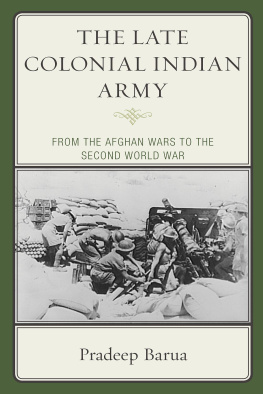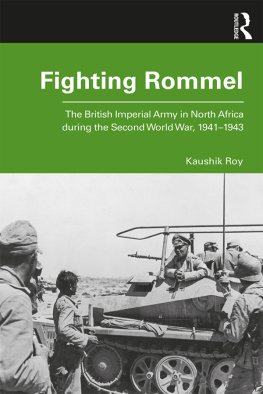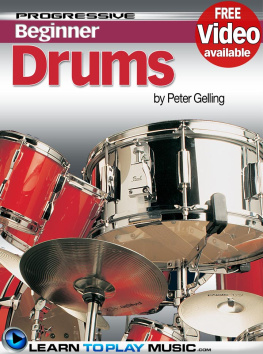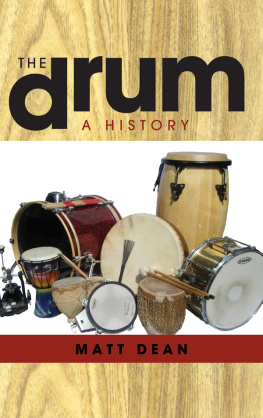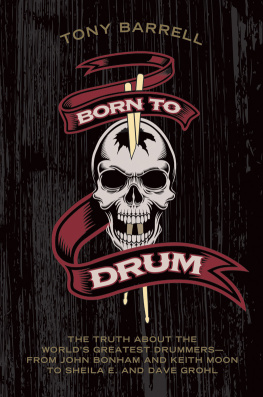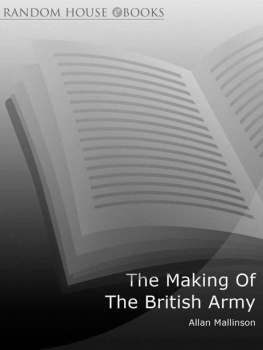Published in Great Britain and the United States of America in 2017 by
CASEMATE PUBLISHERS
The Old Music Hall, 106108 Cowley Road, Oxford OX4 1JE, UK
and
1950 Lawrence Road, Havertown, PA 19083, US
James Tanner 2017
Hardcover Edition: ISBN 978-1-61200-369-6
Digital Edition: ISBN 978-1-61200-370-2
Mobi Edition: ISBN 978-1-61200-370-2
A CIP record for this book is available from the British Library
All rights reserved. No part of this book may be reproduced or transmitted in any form or by any means, electronic or mechanical including photocopying, recording or by any information storage and retrieval system, without permission from the publisher in writing.
For a complete list of Casemate titles, please contact:
CASEMATE PUBLISHERS (UK)
Telephone (01865) 241249
Email:
www.casematepublishers.co.uk
CASEMATE PUBLISHERS (US)
Telephone (610) 853-9131
Fax (610) 853-9146
Email:
www.casematepublishers.com
Introduction
See drummers with the fifers come, And Carter with the massive drum; The grand drum-major first doth stalk with gold-knobbed stick and pompous walk, And as he marches oer the ground he thinks he turns the world around.
There is an enduring image to this day of the British Army on parade, led on to the barrack square or through a town by a band and drums and all preceded by a drum major displaying his magnificent and rightful pomposity. Any tourist visiting London, especially from overseas, will invariably wish to witness the Foot Guards changing guard at Buckingham Palace, with the new guard marching to the Palace and the old guard marching away, both preceded by the band and drums of one of the battalions of Guards. Up and down the cities and boroughs of the United Kingdom an increasingly common sight in the first decade of the 21st century was an infantry battalion, returned from war in Iraq or in Afghanistan, exercising its regiments freedom by marching through the streets with drums beating, colours flying and bayonets fixed. Within the British Army as late as the 1980s and before the phrase over-commitment became a political tool rather than the simple statement of fact it had always been, the working day of an infantry battalion was still regulated by the sound of the bugle to drag the men out of their beds at reveille, to summon the company sergeant majors, to send the men to their dinners or to end the days business at last post. Some of this has survived, as will be shown. All of this musical accompaniment was and is military music at its grandest and simplest.
But this book is not about music as such and it is not about true musicians. It is about infantrymen whose weapons of war were the drum and the bugle musical instruments that were carried in past centuries as essential elements of the battalion armoury. While music will enter this story and some mention of military bands is required for completeness, the main purpose of this book is to describe the British infantry drummer and bugler and how they were, and still are, employed in war and peace. It is essential to put drummers and buglers into context and this book is, therefore, also about the development of command and control and within this the business of signalling on the battlefield at the tactical level the level of warfare at which business on the battlefield is conducted by platoons, companies, battalions, brigades and divisions. We must consider too how the very tactics used on the battlefield developed over the centuries. What emerges is something of a surprise for there is much mythology that has built up over these centuries and especially about the use of the drum and the age of the drummer. The drum actually had limited utility as a means of battlefield signalling and if the bugle emerged as a rather more useful and handier instrument, it too had its limitations. A modern commentator has concluded, For much of military history, drummers and other musicians like fifers and buglers [were] the most effective way for commanders to relay their orders to hundreds or even thousands of troops on the battlefield. This is actually an over-representation of their utility and effect, for the most effective method was the voice. Nevertheless, drum and bugle played a very important part on the battlefield and the very mythology of their use is a story in itself. Some mention must also be made of the trumpet in as much as trumpet and bugle are largely synonymous in terms of military, as opposed to pure musical, use. Indeed, until the 18th century, no real distinction was made in the family of wind instruments between what would later be defined clearly as bugle, or horn, and trumpet. But the use of trumpet, bugle (and drum, at times) by the cavalry is largely outside the scope of this book. The fife and military flute again at times interchangeable terms are also covered here.
There are problems throughout this whole story in unearthing solid fact. Hugh Barty-King, in an excellent little book called The Drum A Royal Tournament Tribute to the Military Drum , noted that Little is known for certain about almost any aspect of the military drums use in the sixteenth, seventeenth and eighteenth centuries in Britain in spite of the voluminous literature.
The story is important too for our greater understanding of the British Army throughout its history. While other armies feature in the pages ahead, most notably the United States Army and the French Army and to a lesser extent the Germans and others, the drum and bugle especially the drum have an iconic status in the British Army that lasts to this day. This status is far less so in any other army. For the British Army:
The ceremonial duties of the Corps of Drums have remained unchanged and timeless. They march at the head of victorious armies, muffled drums beat and Bugles calling from sad shires (Wilfred Owen) sound when the nation is in mourning. New Colours are consecrated on piled drums and drummers are there, in lofty cathedrals, when the old Colours are laid up, reverently, to rest. Regimental Church Services are still held around drum altars in hollow square. The phrase to follow the drum is still with us, in spite of the jet plane. When in barracks, as regularly as clockwork, throughout most regiments of the line, daily routine bugle calls are still played and at 6 p.m. each night, Retreat is sounded and as the last note of the call fades, gates are closed and sentries mounted the Last Post is played before lights out at the end of the day in this nothing has changed.
While this is something of a romanticised summary and in very recent years much of this regarding barrack routine has fallen by the wayside, that the drum and bugle can still motivate such feelings says a great deal. Most infantrymen felt little affinity to a band of music, even their own regimental band when these existed, but the drummers and buglers are considered their own.
Some words are necessary on definitions. In the Foot Guards and the infantry of the line, whether he carries a drum or a bugle and, at times, a flute, the man is a drummer. With bugle in hand the drummer is often, if erroneously, referred to as a bugler. While this is, technically, incorrect it would be pedantic to continue to labour the point or to call these buglers anything other than buglers, certainly once the bugle became the pre-eminent instrument in the infantry of the line. Within the British infantry, light infantry and rifle-equipped infantry began to emerge properly at the beginning of the 19th century and became regiments in their own right. The original regiments of light infantry also carried drums to begin with and therefore had drummers, but they eventually gave these up for bugles and buglers alone.


